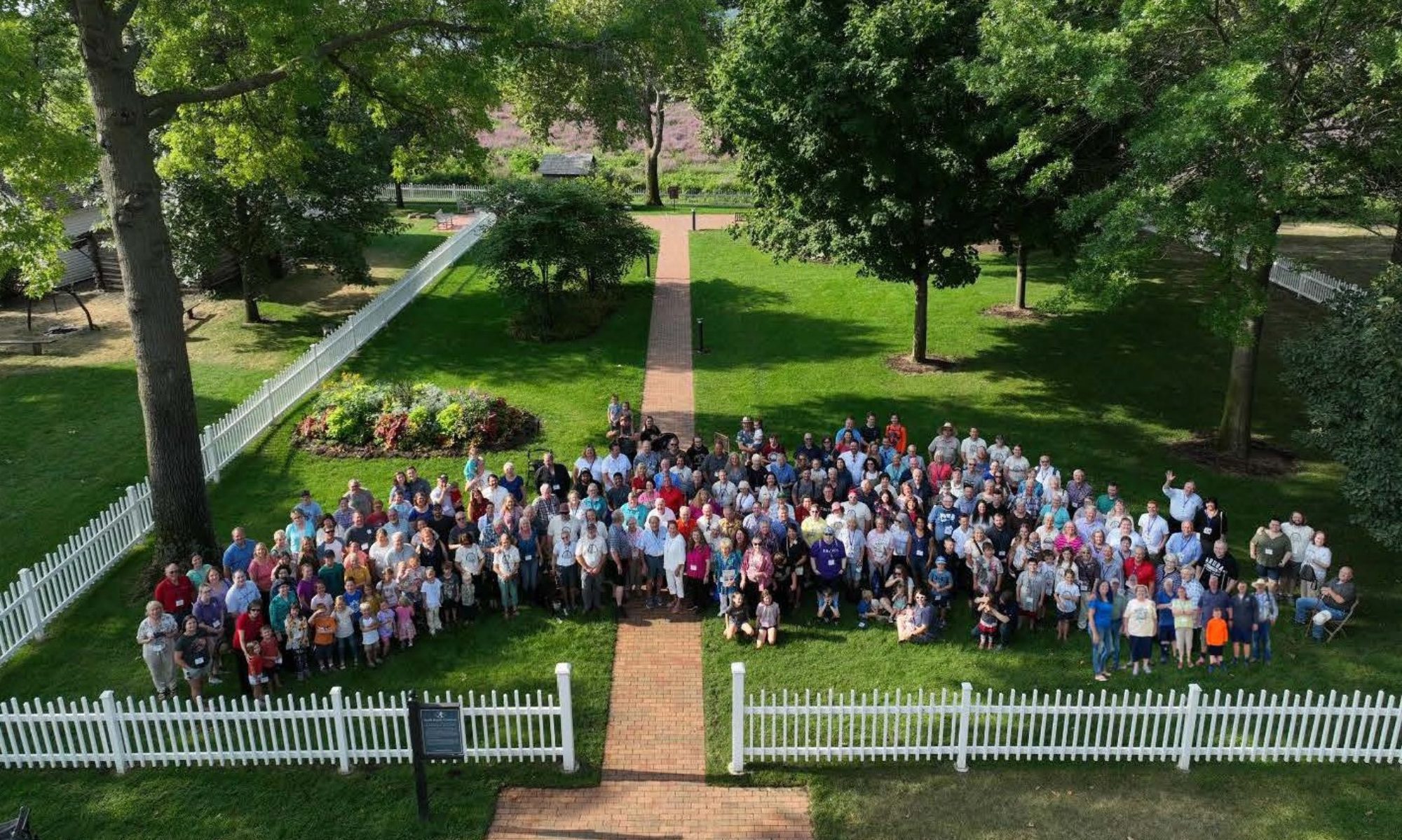Young Joseph by Ivan J. Barrett p. xiii-xiv
One day, when Joseph Smith, Jr. was about fifteen years of age, he and Porter Rockwell, who was eight, set out on an errand for Joseph’s father. Walking along the Canadaigua Road, they neared a small log shack. Suddenly they heard the crises and pleadings of a woman’s voice accompanied by the sharp resounding of a lash on human flesh. Joseph, with Porter at his heels, sped to the back of the log cabin. There they saw a brutal husband beating his wife with a leather strap. Bruised and bleeding, she sobbingly pled for mercy. Joseph, sickened at the sight of this heartless cruelty, rushed upon the brutal fellow, and grabbing him by the collar, snatched the leather strap from his hand. Joseph raised his fist and laid a sledge hammer blow on the whiskered jaw of the wife beater. The impact of Joseph’s slug sent the fellow sprawling on his back against a wood pile. He staggered to his feet, shaking his head and holding his jaw he gasped, “Who hit me?”
Seeing a fifteen-year-old boy standing there ready for action maddened the man beyond control and with an oath, he rushed towards Joseph muttering, “I’ll kill this lad.” But the agile youth was ready, and quickly springing to the side, he whanged the wife beater a blow on the back of the neck that sent him face down in the dirt. As the fellow rose to his knees, he grabbed for Joseph and caught his trousers, whirling the boy around. From that moment on, the fight was nip and tuck. When it seemed as though Joseph would have to give up, he remembered that this man had whipped his wife and that gave him courage. Watching from an opening in the man’s guard, he punched a powerful blow to his stomach with a left fist and with a splintering right on the jaw, felled the man, three times his age and almost twice his size. Battered and beaten by the youthful Joseph, the man said he’d had enough.
Twenty-three years after this in his remarks to the workmen on the Nauvoo Temple, Joseph alluded to this boyhood experience. “The finishing of the Nauvoo House is like a man finishing a fight; if he gives up he is killed; if he holds out a little longer, he may live. I’ll tell you a story: A man who whips his wife is a coward. When I was a boy, once fought with a man who had whipped his wife. It was a hard contest; but I still remembered that he had whipped his wife; and this encouraged me, and I whipped him til he said he had enough.” (History of the Church, 7 Vols., Salt Lake City: Deseret Book Co., 1978, 5:285.)

